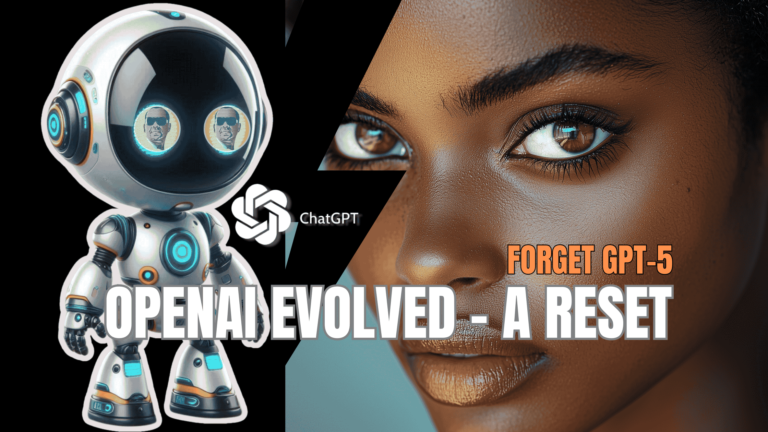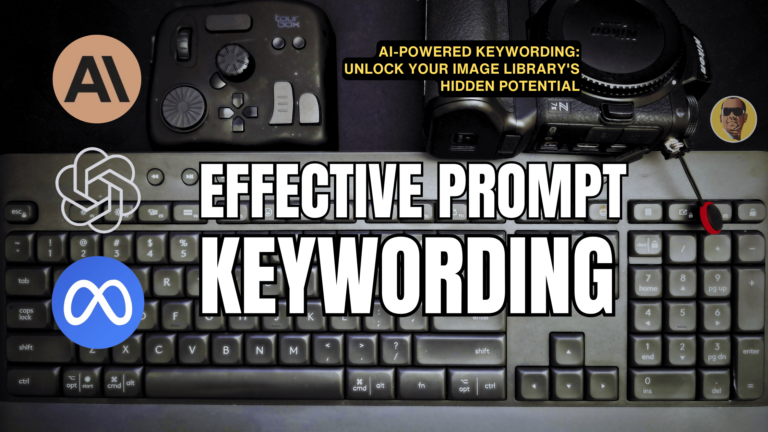Introduction
The realm of conversational AI has experienced a seismic shift since late 2022, fundamentally transforming how humans and machines interact. As we navigate 2025, two titans dominate this space: OpenAI’s ChatGPT (now powered by GPT-4) and Anthropic’s Claude 3.5 Sonnet. These platforms represent not just incremental improvements but revolutionary advances in artificial intelligence that are reshaping our digital landscape.
ChatGPT’s evolution from its initial release has been nothing short of remarkable. Its integration of GPT-4 technology has elevated its capabilities far beyond simple conversation, establishing new benchmarks in AI interaction. Similarly, Claude 3.5 Sonnet, Anthropic’s latest achievement, brings unprecedented refinement to AI conversation, particularly in specialized knowledge domains and complex reasoning tasks.
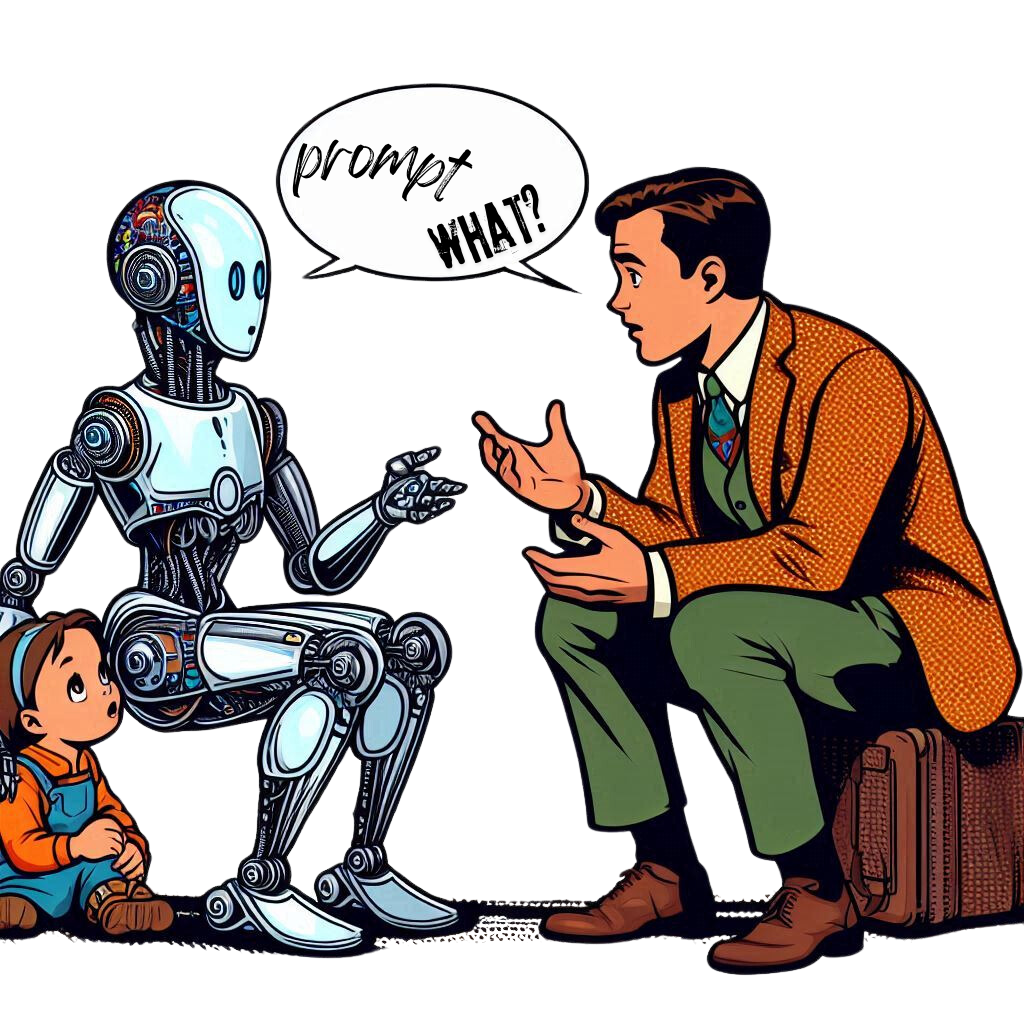
The rapid evolution of these platforms reflects the broader transformation in AI technology. As we delve deeper into 2025, the competition between these models drives innovation at an unprecedented pace.
Through extensive testing and real-world applications, we’ve gained valuable insights into how these platforms compare and what they mean for the future of human-AI interaction.
ChatGPT vs Claude 3.5: Accuracy and Reliability
Accuracy and Reliability

Accuracy and reliability form the cornerstone of effective AI systems, and both platforms have made significant strides in these areas. However, their approaches and strengths differ notably in practice.
ChatGPT’s implementation of GPT-4 technology has substantially enhanced its accuracy compared to earlier versions. The model now features:
- Real-time web browsing capabilities for current information verification
- An advanced system for source citation and fact-checking
- Improved context understanding for more accurate responses
- Enhanced ability to handle complex, multi-step queries
- Sophisticated error detection and correction mechanisms
However, ChatGPT still occasionally generates what I call “plausible fabrications”, responses”that sound convincing but may not be entirely accurate upon deeper investigation. This tendency, while reduced in GPT-4, remains a consideration for users relying on the platform for critical information.
Claude 3.5 Sonnet takes a markedly different approach to accuracy:
- Implements rigorous fact-checking protocols before generating responses
- Maintains transparent communication about knowledge limitations
- Excels in specialized knowledge domains with higher precision
- Features advanced analytical capabilities for complex problem-solving
- Demonstrates superior accuracy in technical and scientific contexts
The platform’s cautious approach to information verification, while sometimes resulting in more measured responses, typically leads to higher reliability in critical applications.
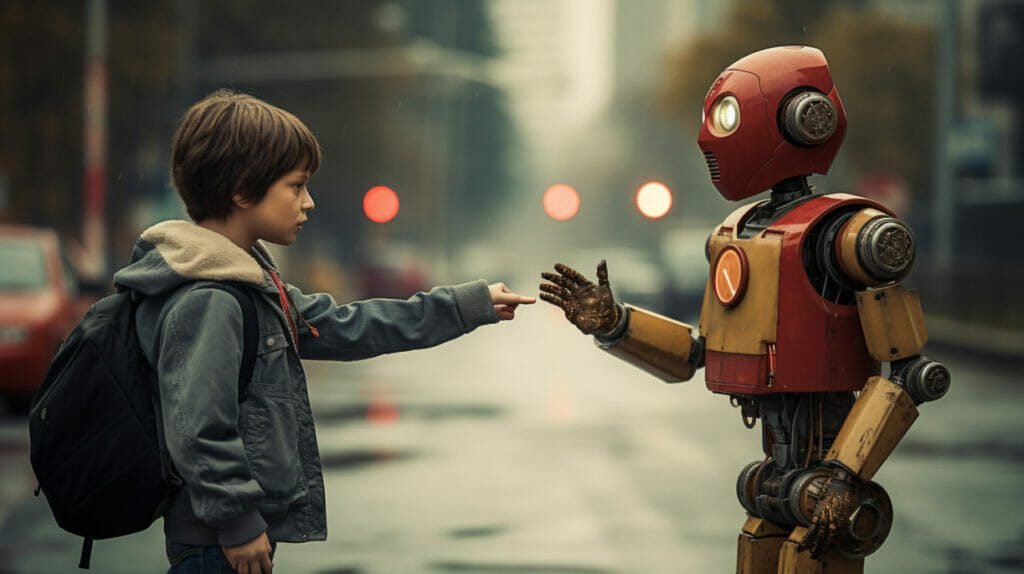
Safety Considerations in ChatGPT and Claude 3.5
In 2025, AI safety has become increasingly crucial as these systems integrate more deeply into our daily lives and professional workflows. Both platforms have made significant advances in this arena, though their approaches differ in implementation and focus.
ChatGPT’s safety framework includes:
- Regular model updates focusing on alignment with human values
- Enhanced content filtering systems for inappropriate content
- Improved bias detection and mitigation mechanisms
- Robust privacy protections for user data
- Advanced security protocols for enterprise applications
- Continuous monitoring and adjustment of safety parameters
Claude 3.5 Sonnet’s safety measures reflect Anthropic’s commitment to constitutional AI:
- Built-in ethical reasoning frameworks
- Advanced safeguards against harmful content generation
- Sophisticated privacy protection mechanisms
- Enhanced transparency in decision-making processes
- Robust security protocols for sensitive information handling
- Continuous evaluation and adjustment of safety parameters
Both platforms demonstrate significant progress in balancing functionality with safety, though Claude 3.5 Sonnet’s approach tends to be more conservative in potentially sensitive situations.
Specialized Knowledge in Conversational AI: ChatGPT vs Claude 3.5
Specialized Knowledge

When it comes to specialized knowledge, the distinction between these AI powerhouses becomes fascinating. Through my extensive testing, I’ve discovered that each platform brings unique strengths to the table, particularly in how they handle professional and technical domains.
ChatGPT shines brightest as a versatile generalist. Its broad knowledge base allows it to move effortlessly between topics, making it an excellent companion for creative endeavors and general problem-solving. I’ve found it particularly adept at programming tasks, where it can not only generate code but also explain complex concepts in accessible terms. What’s truly impressive is its ability to draw connections across different fields, often leading to innovative solutions that might not be immediately obvious.
Claude 3.5 Sonnet, however, takes a notably different approach. In my interactions, I’ve observed its exceptional ability to dive deep into specialized fields. When discussing complex mathematical concepts or analyzing legal precedents, it demonstrates a level of understanding that often mirrors expert knowledge. What sets it apart is not just the depth of its knowledge, but how it applies this expertise to solve complex problems. I’ve seen it break down intricate scientific concepts with remarkable clarity while maintaining academic rigor.
Conversational Patterns: Human-like or Formula? A Closer Look

The way these AI models engage in conversation reveals fascinating differences in their underlying architecture and approach. Through numerous interactions, I’ve observed how each platform creates distinct conversational experiences.
ChatGPT tends to maintain a consistent conversational style that feels reliable and predictable. During our exchanges, I’ve noticed it excels at maintaining context within a session, smoothly transitioning between topics while keeping track of the conversation’s thread. It’s particularly good at adapting its tone to match the user’s style, whether in casual chats or more formal discussions.
Claude 3.5 Sonnet, in contrast, brings a more nuanced approach to dialogue. What I find most intriguing is its ability to grasp subtle contextual cues and implicit meaning in conversations. It shows remarkable skill in handling complex, multi-turn discussions, often picking up on nuances that might be missed by other AI systems. Its responses feel more organic, less formulaic, and demonstrate a sophisticated understanding of the conversation’s flow.
What’s particularly noteworthy is how each model handles ambiguity in conversations. While ChatGPT often seeks to resolve ambiguity directly, Claude 3.5 Sonnet seems more comfortable exploring uncertain territory, often leading to richer and more insightful discussions.
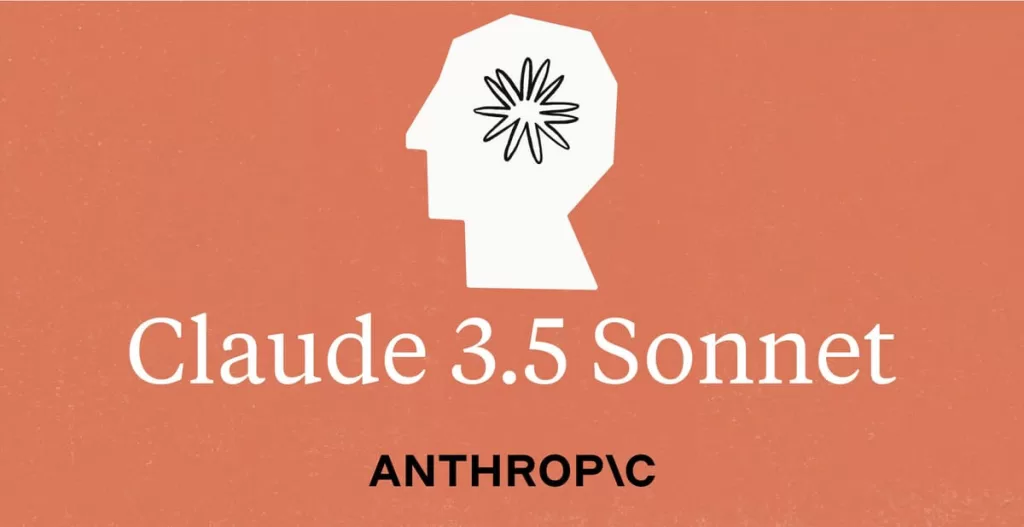
Conclusion: The Road Ahead
As we progress through 2025, both ChatGPT and Claude 3.5 Sonnet continue to push the boundaries of what’s possible in AI conversation. While ChatGPT maintains its position as a versatile generalist with impressive capabilities across various domains, Claude 3.5 Sonnet distinguishes itself through superior analytical capabilities and specialized knowledge handling.
The choice between these platforms ultimately depends on specific use cases and requirements. ChatGPT excels in general-purpose applications, creative tasks, and broad knowledge integration, making it ideal for everyday users and diverse applications. Claude 3.5 Sonnet, with its superior analytical capabilities and specialized knowledge, proves particularly valuable in professional, academic, and technical contexts where precision and depth of understanding are crucial.
As these platforms continue to evolve, we can expect further innovations and improvements that will shape the future of human-AI interaction. The competition between these models drives continuous advancement, benefiting users across all applications and domains.
Join the conversation about the future of AI technology and share your experiences with these platforms on Threads


External Links


